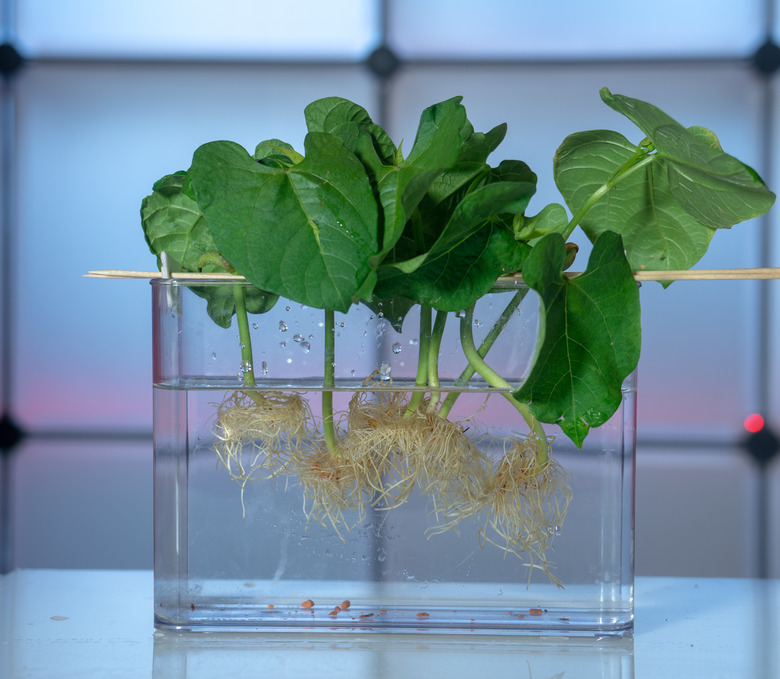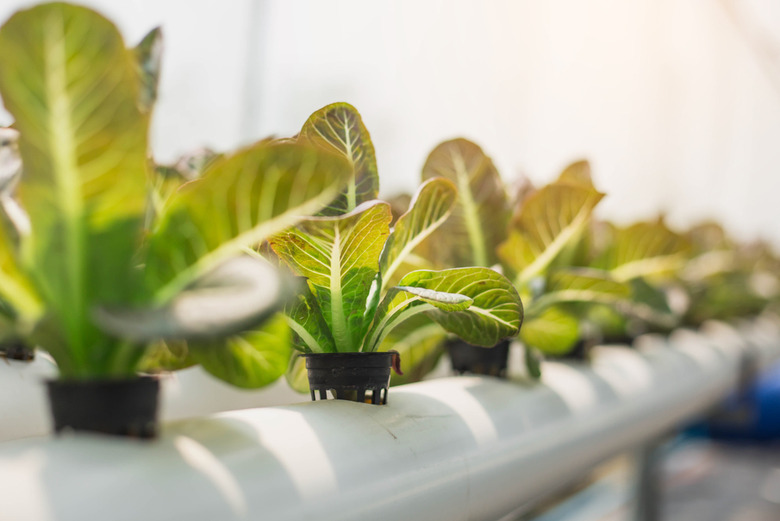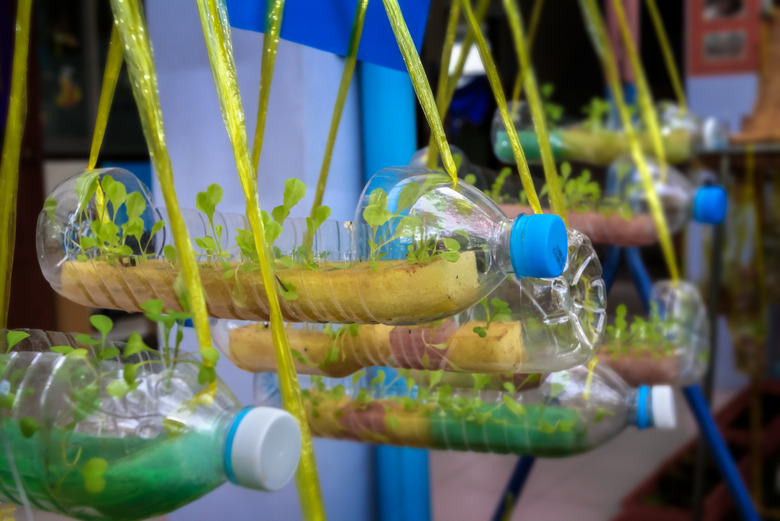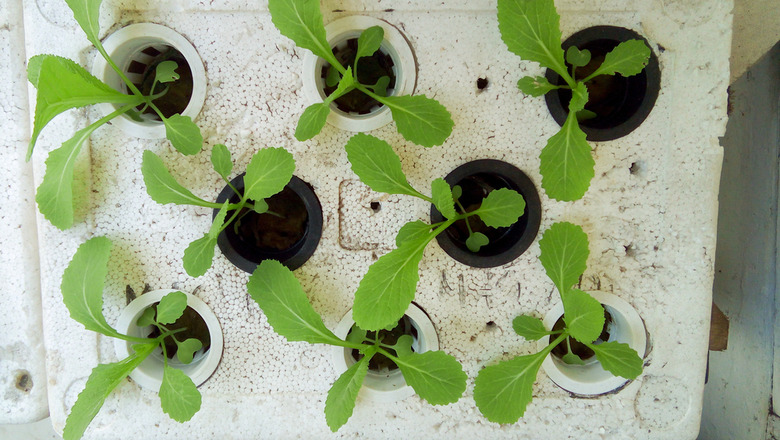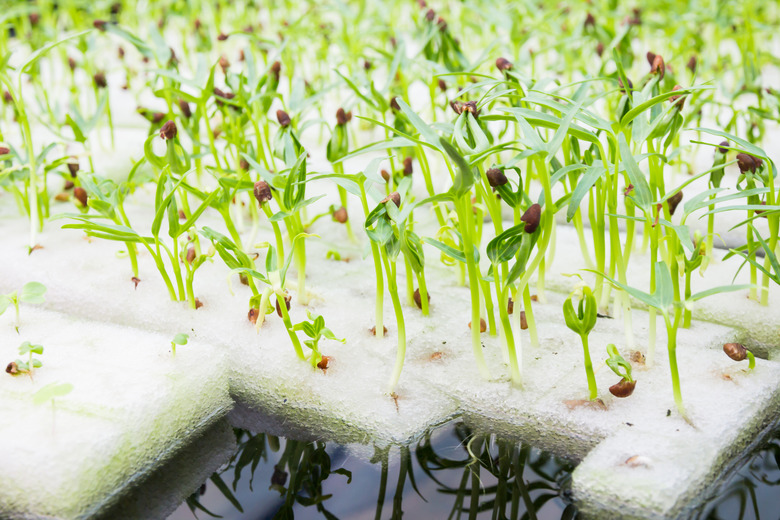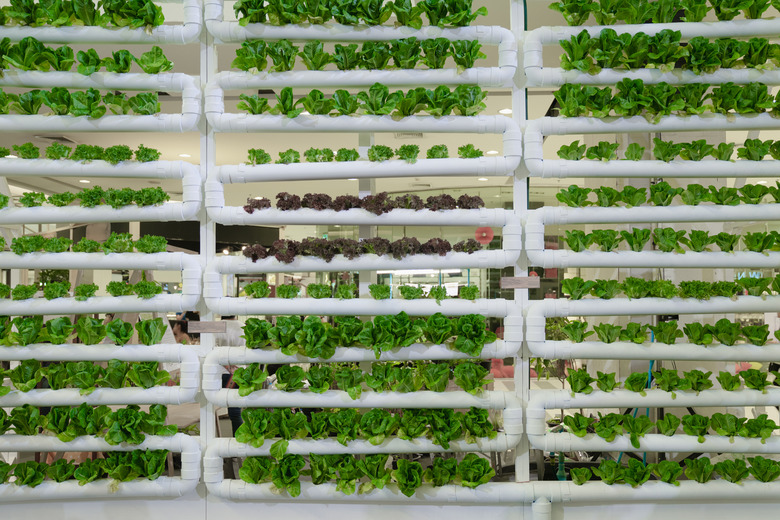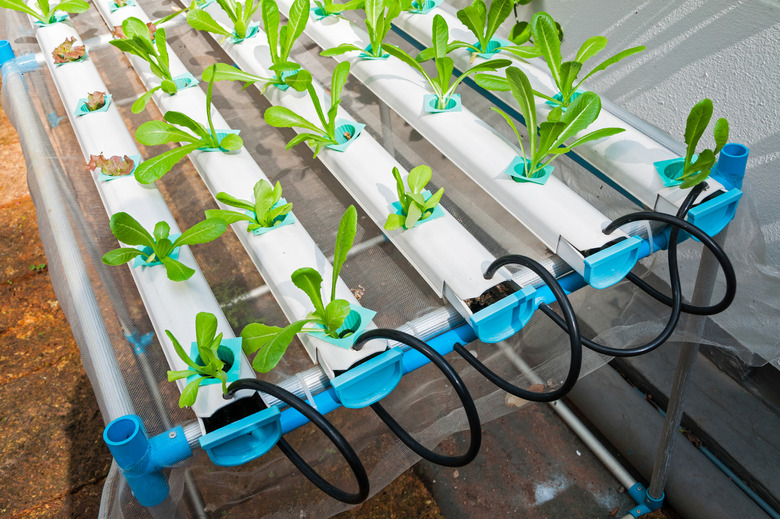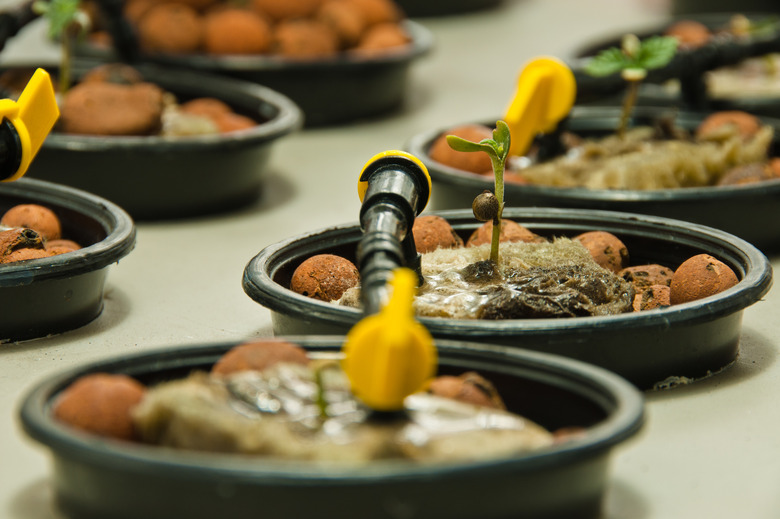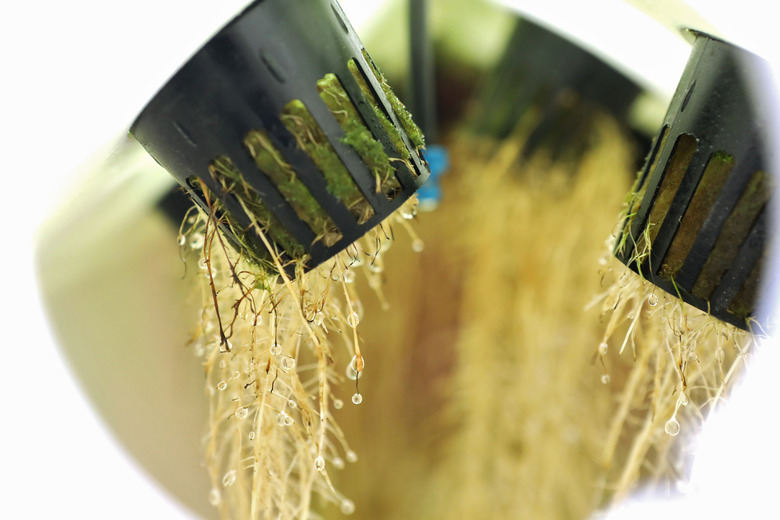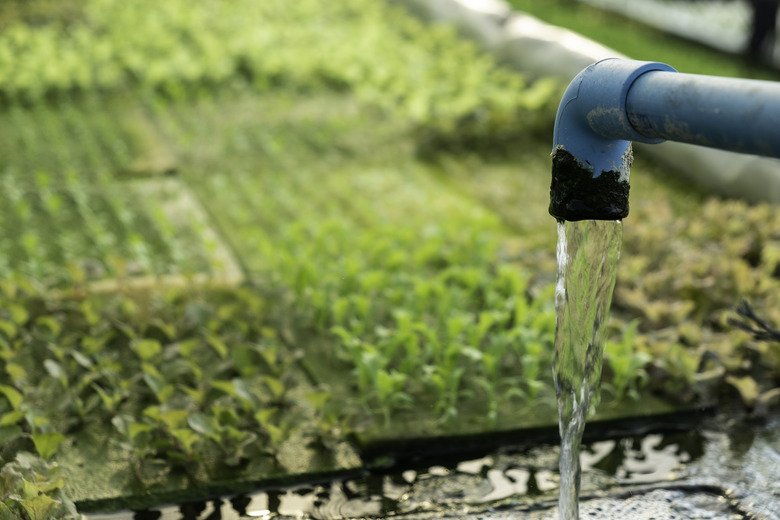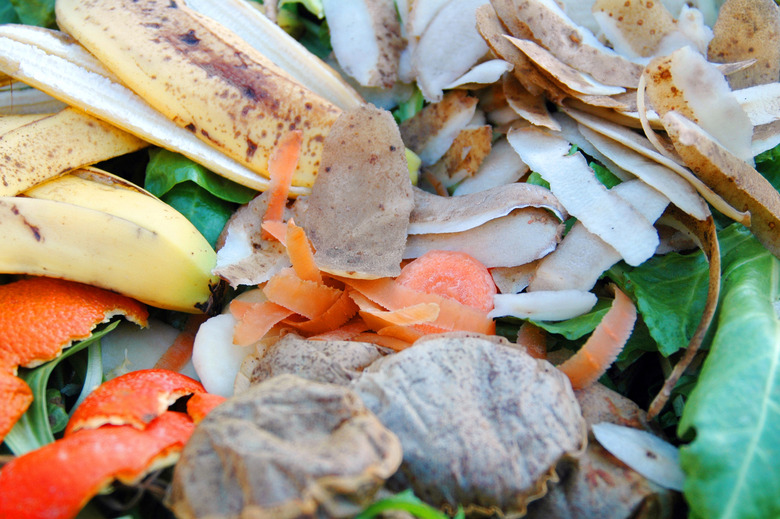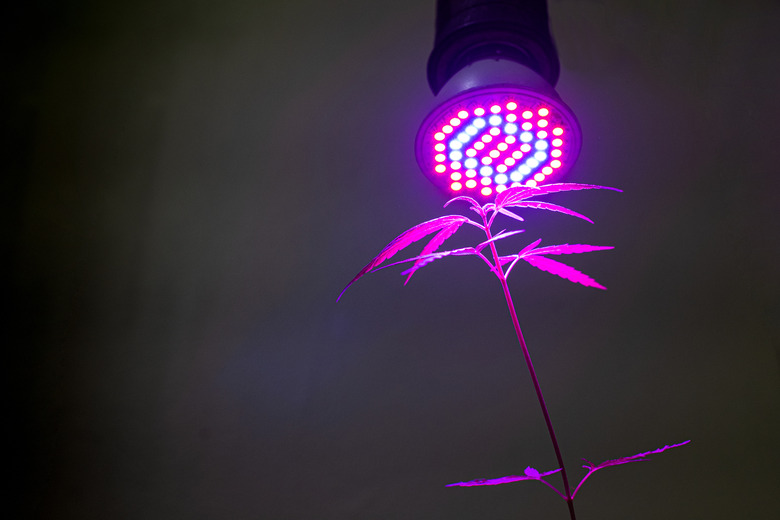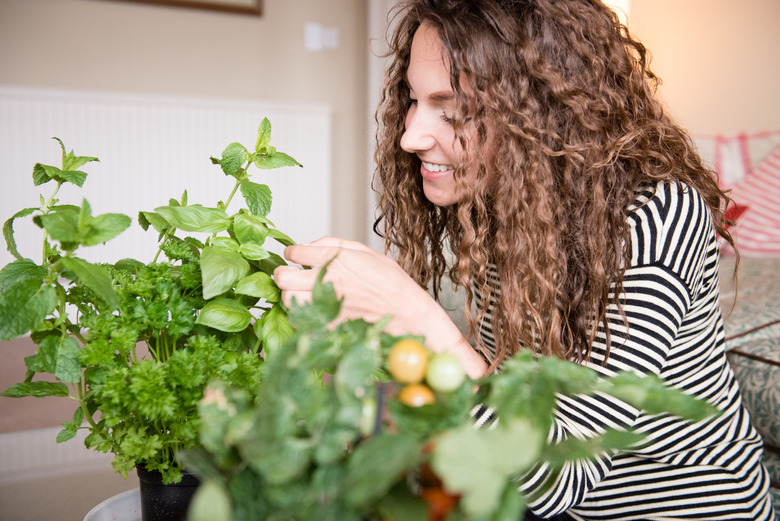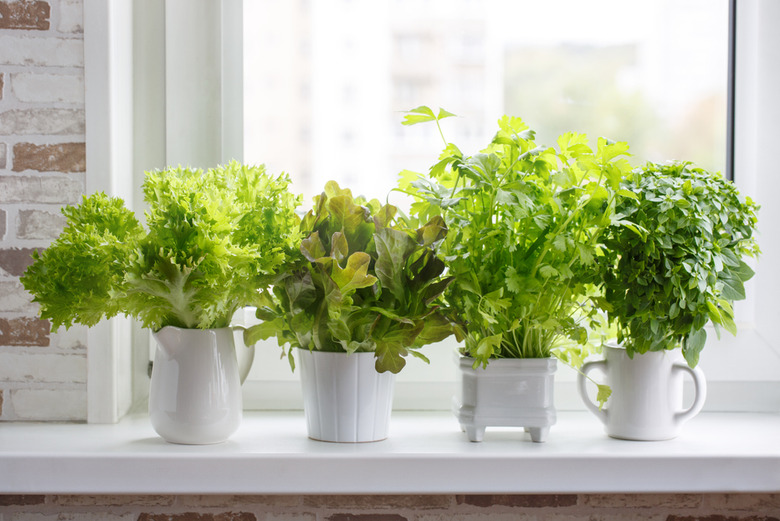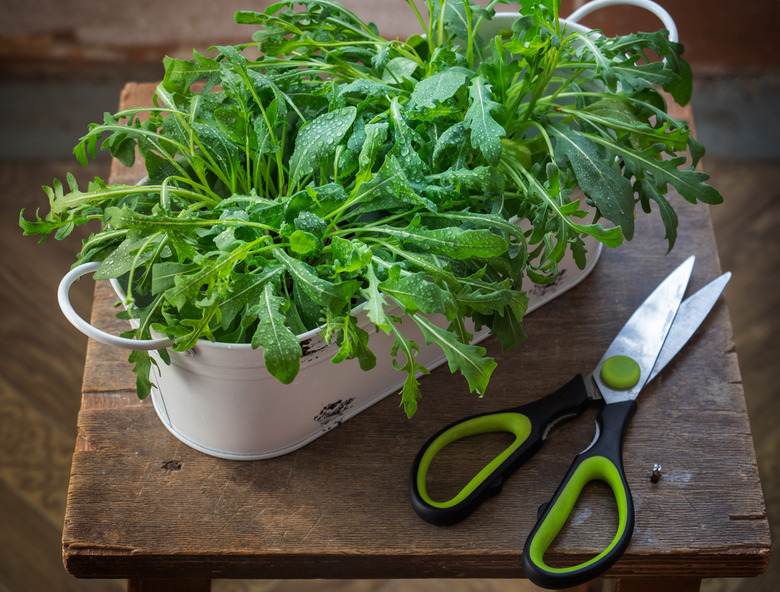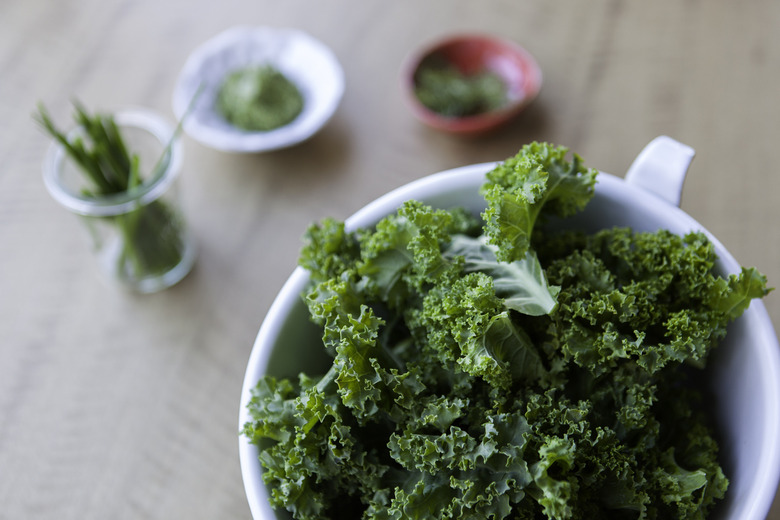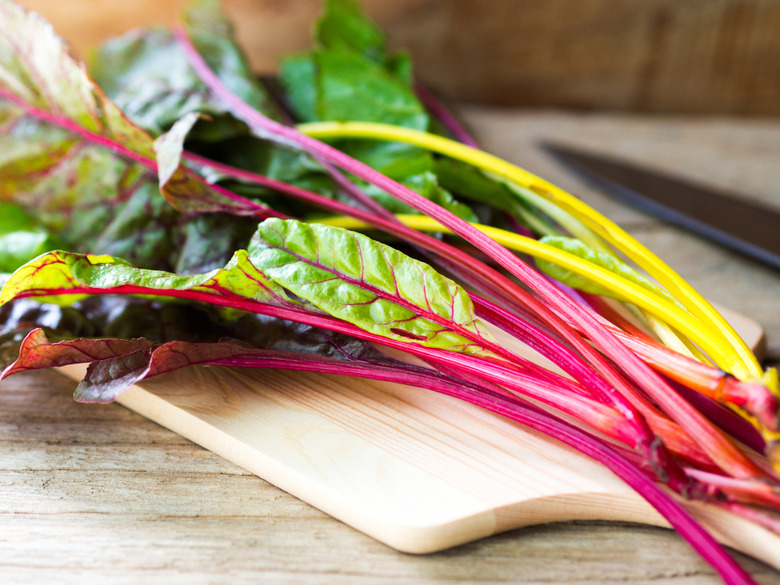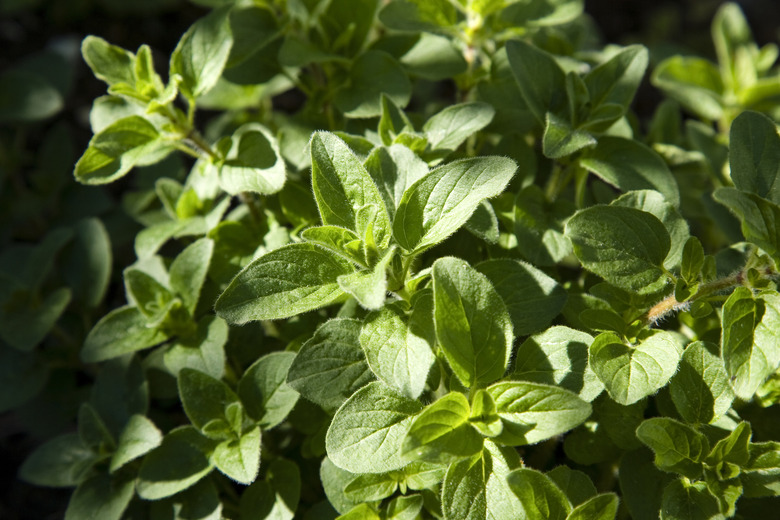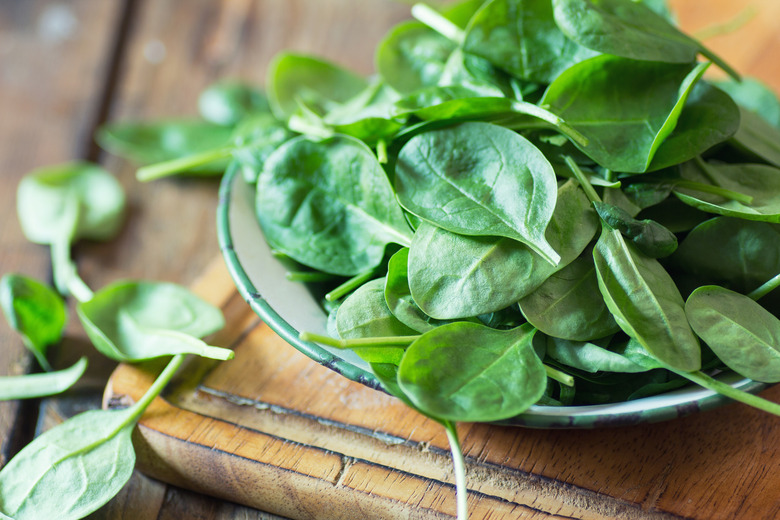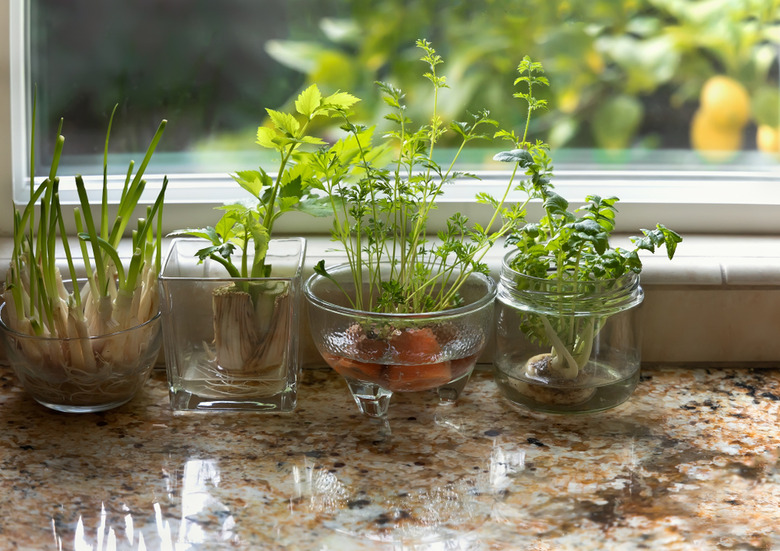How To Start A Hydroponic Garden
Being stuck at home is the perfect opportunity to start a new hobby. Some people are using this time to make their own bread from scratch or doing easy workouts to stay fit at home. If you are looking for ways to cut your grocery bill in half, learning how to grow your own fresh fruits and vegetables at home is a great option. And you can do so with no soil needed.
What is hydroponics?
Hydroponic gardening is when you grow plants using only water. The word "hydroponics" derives from the Greek words "hydro," meaning water, and "ponics," meaning labor or work. You don't have to be an expert to get started on your own indoor garden, and it's a fun activity to do with your kids while you're stuck at home.
What materials do you need?
Since you are replacing soil with water, your plants need a growing medium to transfer nutrients, moisture and oxygen to the plant's roots. Some people like to use sand, Rockwool or other materials. Depending on the number and size of plants you plan on growing, you may need a large bucket to hold them. But you can also repurpose a common household item like a jar to hold your seedlings. You need to make sure each plant has the right amount of light, nutrients, water, and ventilation as well as that it's grown at the right temperature, so it's important to do your research on the types of foods you want to grow. There are six different hydroponic systems you can choose from based on how much space you have to work with and the type of plants you plan on growing.
The wick system
The wick system is known as the simplest type of hydroponic system. Cloth strips or cotton ropes are used as wicks to draw out the nutrient solution from the reservoir underneath the plants to feed them in the main pot. This method doesn't require any moving parts and the wicks will naturally absorb water on their own. However, larger plants or plants that require more water may soak up more nutrients than the wicks can provide. Before jumping in, make sure you know these simple gardening tips for beginners.
Deep-water culture
If you're looking to get started in hydroponics but don't want to spend a lot of money on expensive equipment, the deep-water culture may be a great DIY method. You will need a 5-gallon rectangular bucket to use as a reservoir to submerge the root in. Usually, there is a styrofoam platform floating on top of the reservoir to hold the plants that are in a net basket.
Nutrient film technique
The nutrient film technique is slightly more complicated and not recommended for beginners. From the reservoir, the nutrient solution is pumped into the main tray to flow through the plants' roots. Unlike with deep-water culture, the roots are more exposed to air than submerged in the water. After the nutrient solution passes through all of the plants, it then drains back into the reservoir below. This helps prevent the roots from drowning by too much water intake.
Ebb and flow
Also known as the flood-and-drain system, the ebb-and-flow method periodically floods the tray with the plants' roots and then drains the nutrient solutions back into the reservoir. However, unlike the nutrient film technique, ebb and flow uses a timer to turn on the pump to flood the tray with water and then turn off the pump when it is time to drain.
Drip system
The drip system has a simple operation. It uses a timer to pump nutrient solution through a drip line at the base of the plant. Instead of dripping water directly to the roots, the drip lines drop tiny amounts of water onto the plants. The water trickles through the roots and back to the reservoir.
Aeroponics
The aeroponics method stands out from the other methods because the plants are suspended in the air while their roots are hanging inside of a large open chamber. There is a timer that controls a pump to spray a mist of nutrient solution on the roots. This method helps keep the roots moist while also providing the necessary amount of nutrients. It is the most high-tech method out of all of the systems and probably not the best if you're trying to save money.
Water
Much like how humans need water to stay hydrated, plants also need water to help them grow and stay alive. Water is the most important factor when it comes to hydroponics. What really matters is making sure your water has the right pH (potential for Hydrogen) balance. According to Ryan Gilbert, owner of Home Farm Hydroponics, water should be within 0.5 pH of 5.8 pH. Certain plants, like blueberries, prefer more acidic pH while others prefer more basic pH. Water with a pH of 5.8 allows the plants to absorb the maximum amount of nutrients. Most city water is fine, but you can find out your city's water pH balance on the Environment Working Group website.
Create your own plant nutrients
Water already contains a sufficient amount of nutrients that your plant needs in order to grow. But there are ways to give more nutrients to your plant without using soil. Some farmers use compost tea to help fertilize their vegetables, plants and flowers. But it's not the same kind of tea you drink when you have an upset stomach. To create your own compost tea, first dry any leftover coffee or tea grounds and banana peels, then mix in some water. Strain the mixture, and now your compost tea is ready to give to your plants. So while you're drinking your morning coffee at home, make sure to brew a cup for your plant too.
Lighting makes a difference
Plants use sunlight to help create food through photosynthesis, and since you will be trying to grow your plants indoors, it might be difficult to get that natural sunshine. Just about any light source in your home can be used to grow a plant but normal white lights can be costly. For small setups, fluorescent lights may be a good choice because they are inexpensive and don't produce too much heat, making them safe to keep around your plants. However, LED lights are shown to be more efficient compared to other lights because LEDs can produce full-spectrum light similar to the sun.
What to grow: Basil
Basil is one of the best plants for rookie gardeners to grow indoors, especially when working with limited space. Be mindful of the location where you are growing this herb, because basil likes to be grown in warm areas, preferably around 70 degrees Fahrenheit. Within a week or two, your seeds should enter the stage of germination in which the plant will start growing roots and sprouting leaves. Once it has roots, it should take another three to four weeks before it's ready to go on top of your favorite pizza.
What to grow: Lettuce
Lettuce is another fast-growing plant that doesn't require a large hydroponic system. Much like basil, this leafy green needs to grow in a warm area around 70 degrees Fahrenheit. For the germination process, lettuce takes about three to seven days. Within eight weeks, you should have a lettuce head ready to chop up and use in an easy dish that takes less than an hour to cook.
What to grow: Arugula
After you get set up with your hydroponic system, your arugula plant should enter the stages of germination within five to 10 days. Keep your plant in an area of your home that is at least 75 degrees Fahrenheit. After seven weeks, your plant should be mature enough to enjoy and share with the family. The next time you're making scrambled eggs, try mixing in some fresh arugula grown right in your kitchen. After all, it's one of those unexpected ingredients that go great with eggs.
What to grow: Kale
You don't need to buy really expensive equipment to grow kale at home. Kale can be easily grown in a small hydroponic system of your choice. Make sure to pay special attention to the environment you keep your kale plant in. It can grow efficiently at 70 degrees Fahrenheit and takes about four to eight days to germinate. If well taken care of, your kale should be mature within seven weeks. A great way to show kindness amidst the coronavirus pandemic is to share some of the homegrown veggies with your neighbors.
What to grow: Swiss chard
If you want to add a fresh taste to your omelet, swiss chard can do the job. This leafy green vegetable, related to spinach and beets, won't take up too much space to grow in your home. In about eight weeks, you should have beautiful green leaves with a colorful stalk ready to add to your home-cooked meals. With 70-degree temperatures, the germination process should begin in four to 12 days.
What to grow: Oregano
Thinking about recreating your favorite pasta sauce from some of the best Italian restaurants at home? Adding fresh oregano can be a real game-changer. It only takes about five weeks to fully mature. But you need to take the necessary steps to make sure it can grow healthy. Set your plant in a room in your home that can maintain at 60 degrees Fahrenheit. Once it's set up, it will take about seven to 14 days to germinate and prepare to become a fully grown oregano plant.
What to grow: Spinach
There are many delicious weeknight dinner recipes you can create with spinach. However, this plant can be pretty tough to grow because of the temperature requirements. In order to germinate, spinach needs to be at 50 degrees Fahrenheit, which is colder than room temperature but warmer than refrigerator conditions. So unlike its other leafy green counterparts, it needs a lot more care to grow indoors. It could take between 14 and 30 days to germinate but should fully mature within seven weeks.
What to grow: Carrots
Did you know that carrots can help lower your risk of cancer? They make a healthy and tasty snack, but don't expect to have a full crop of carrots in a few weeks after planting them in your hydroponic system. Carrots take at least three months to fully mature. Until then, be sure to place your plant in an area that can maintain 70 degrees Fahrenheit. The plant should germinate within four to eight days. Growing fresh ingredients at home is just one way to make dinner at home feel like dinner at a restaurant.
